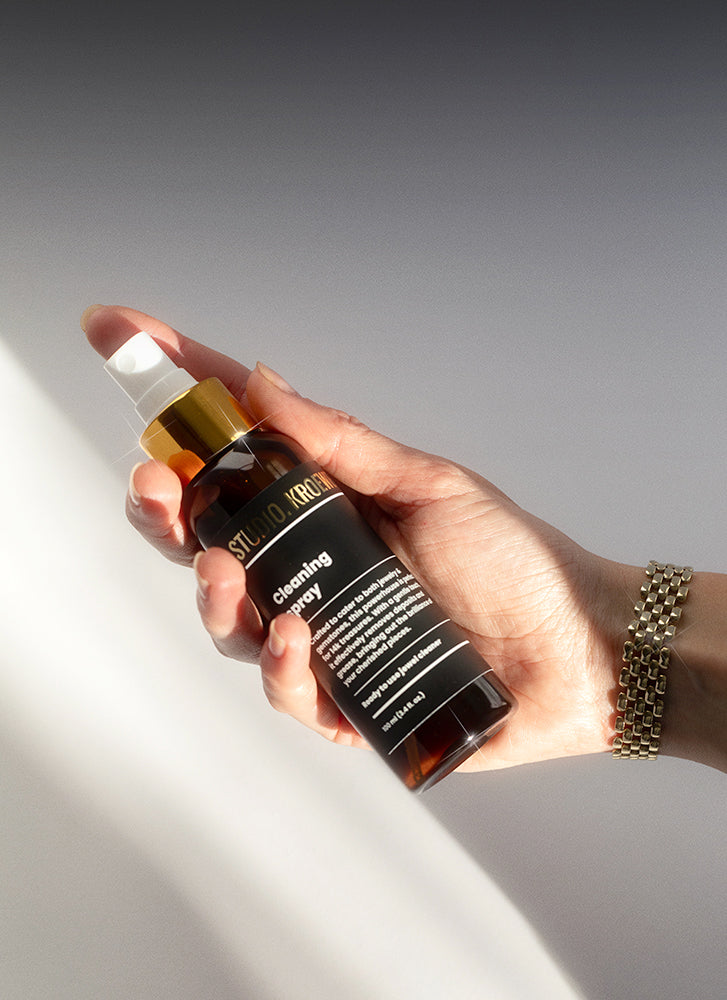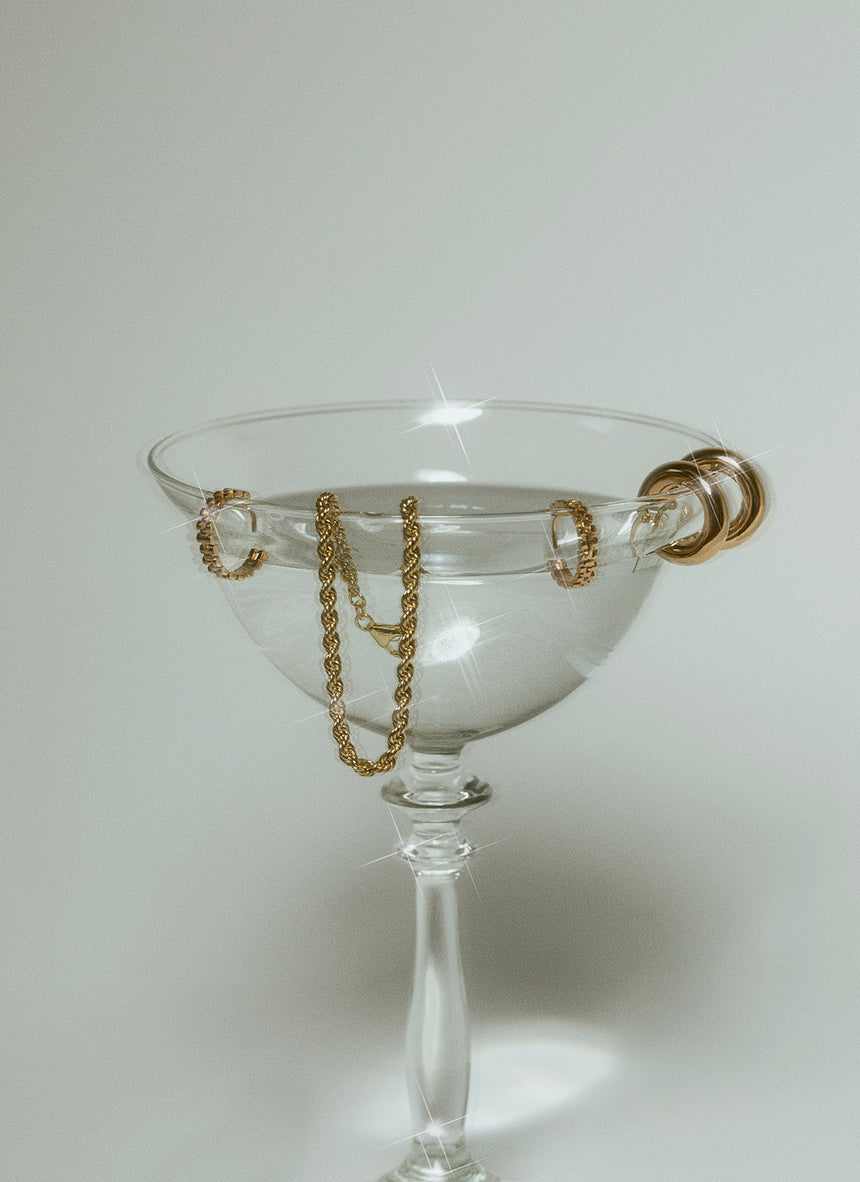Lab grown diamonds
Lab grown for the win!
We wouldn't be Kroewe if we didn't keep looking for new ways to make our jewelry even more sustainable. Craftsmanship and transparency are our priorities. Since our launch in 2020, we've been working with 14k recycled gold and making everything locally. So in order to switch to lab-grown diamonds, we are taking a step in the right direction towards environmentally conscious entrepreneurship.
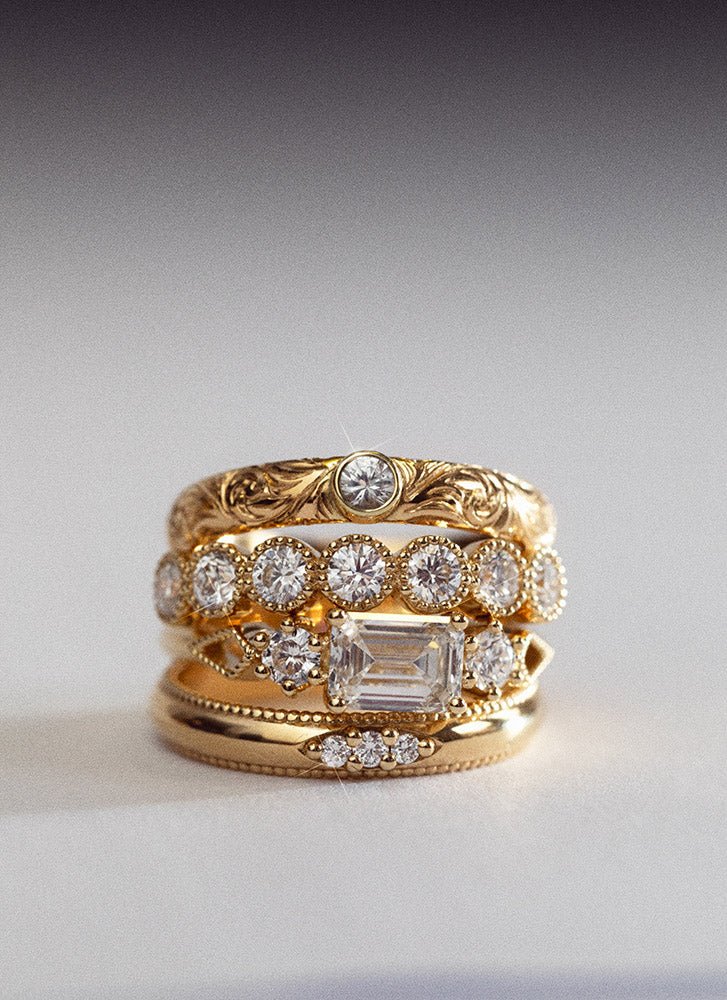
“The only diamond ring
you'll ever need.”
You might wonder how can anything made in a laboratory can compare to what’s organically found in nature? But with new technologies and sustainable practices, there’s a lot to be said about the benefits of lab-grown diamonds, which by the way, are pretty damn real.
A Lab-grown diamond is a real diamond, but mined in a lab above ground rather than deep below the earth's crust. Optically, qualitatively, aesthetically and in terms of (chemical) properties, diamonds from a laboratory or from a mine are exactly the same. The only difference between the two is point of origin.
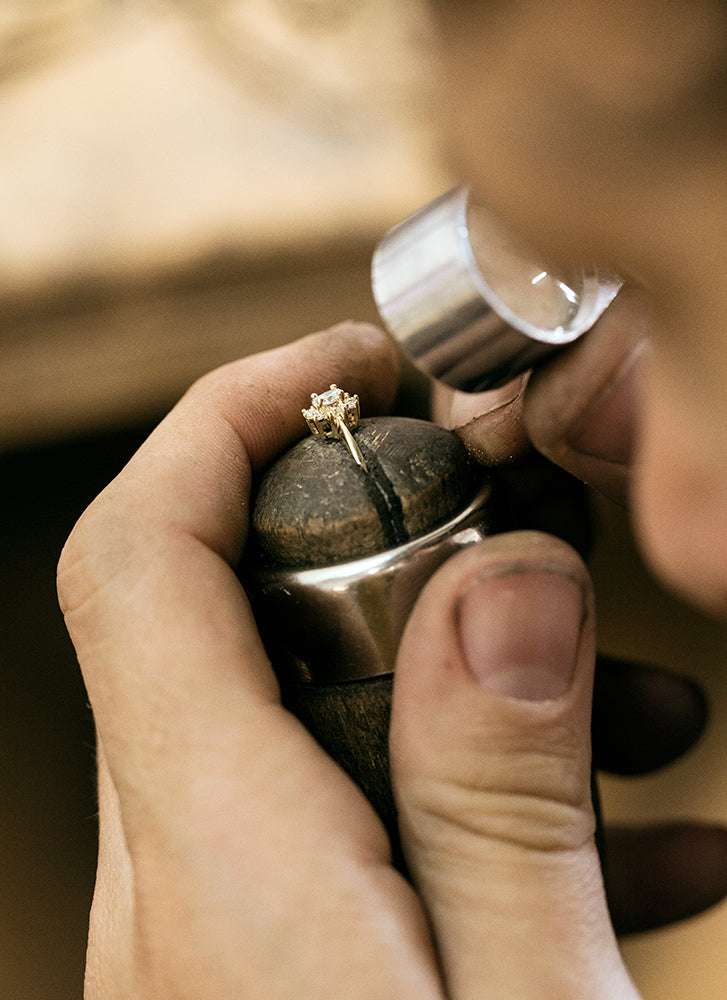
Why go for lab-grown?
Lab-created diamonds share an identical growing process to mined diamonds. They both arise under great pressure. This method mimics the natural conditions under which diamonds grow in nature. Large mechanical presses are used to apply the extreme pressure and temperature to a diamond seed. Here too, a rough diamond grows out layer by layer. Pretty awesome! Perhaps the biggest upside to choosing lab-grown is that it’s a more ethical route, because no mining is involved.
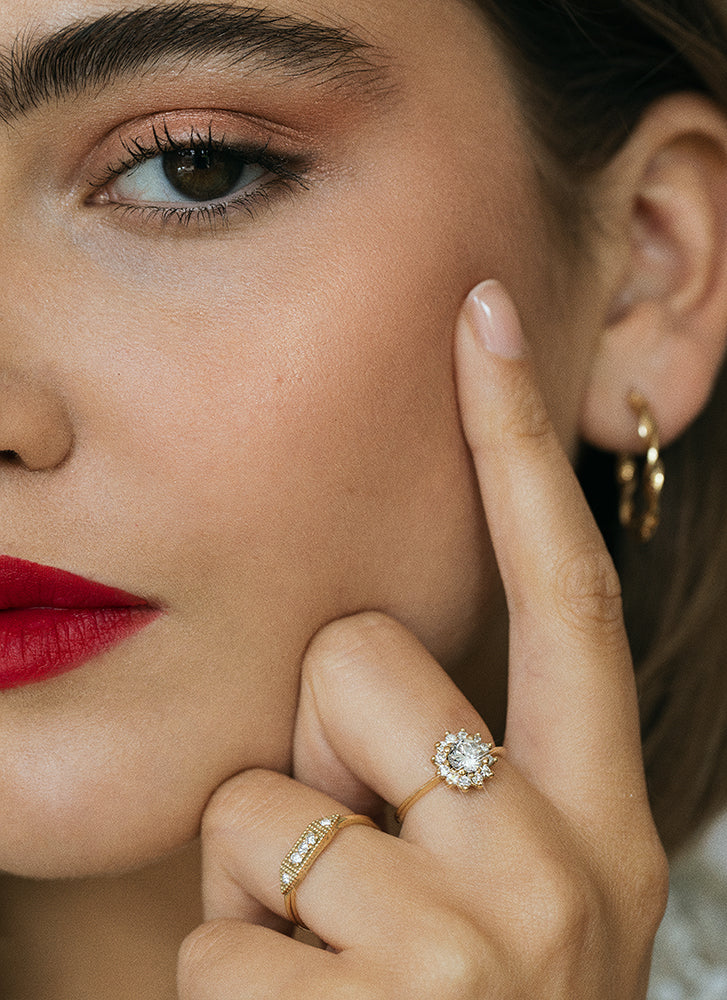
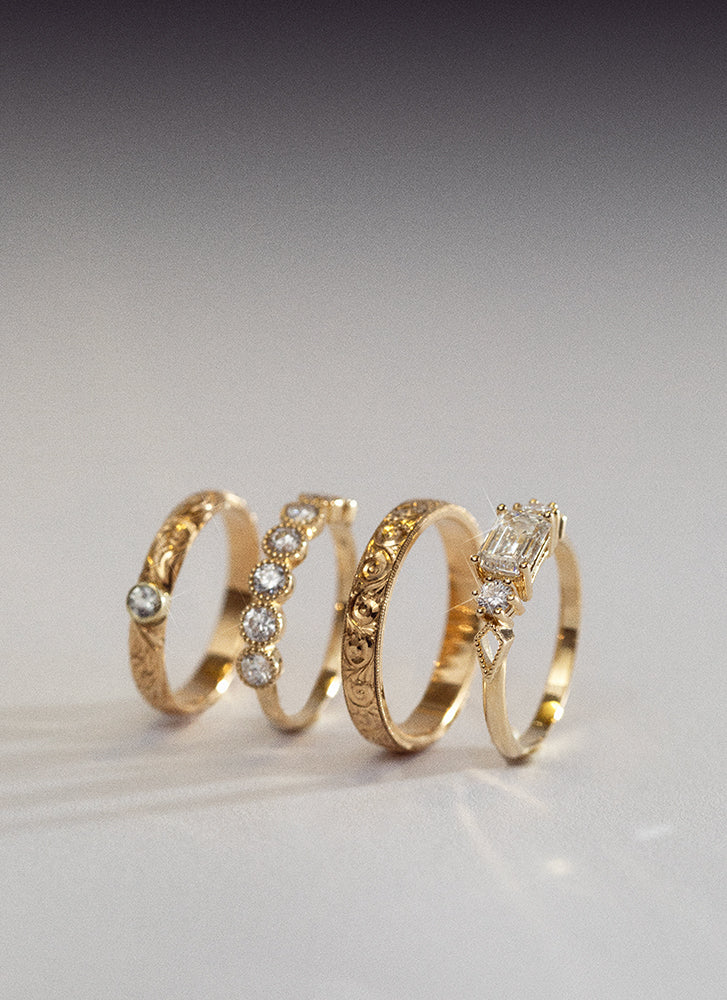
The fabulous (and famous) 4 c’s
Cut
The 'cut' tells us how the facets in a diamond are cut. An important indicator, because a badly cut stone shows little life, is dark and does not shine.
Carat
Probably the most famous of the four, but certainly not more important than the other three. The carat number shows us the diamond weight, but for a beautiful diamond, big is certainly not always better.
Clarity
Clarity says something about the clarity of a diamond and the possible presence of inclusions. The number of imperfections, their position and size ultimately determine the degree. In general, the fewer inclusions, the rarer and more precious the diamond.
Colour
On a scale from D to Z, the colour, or rather, the lack thereof, is indicated. A white stone D is the most rare.


